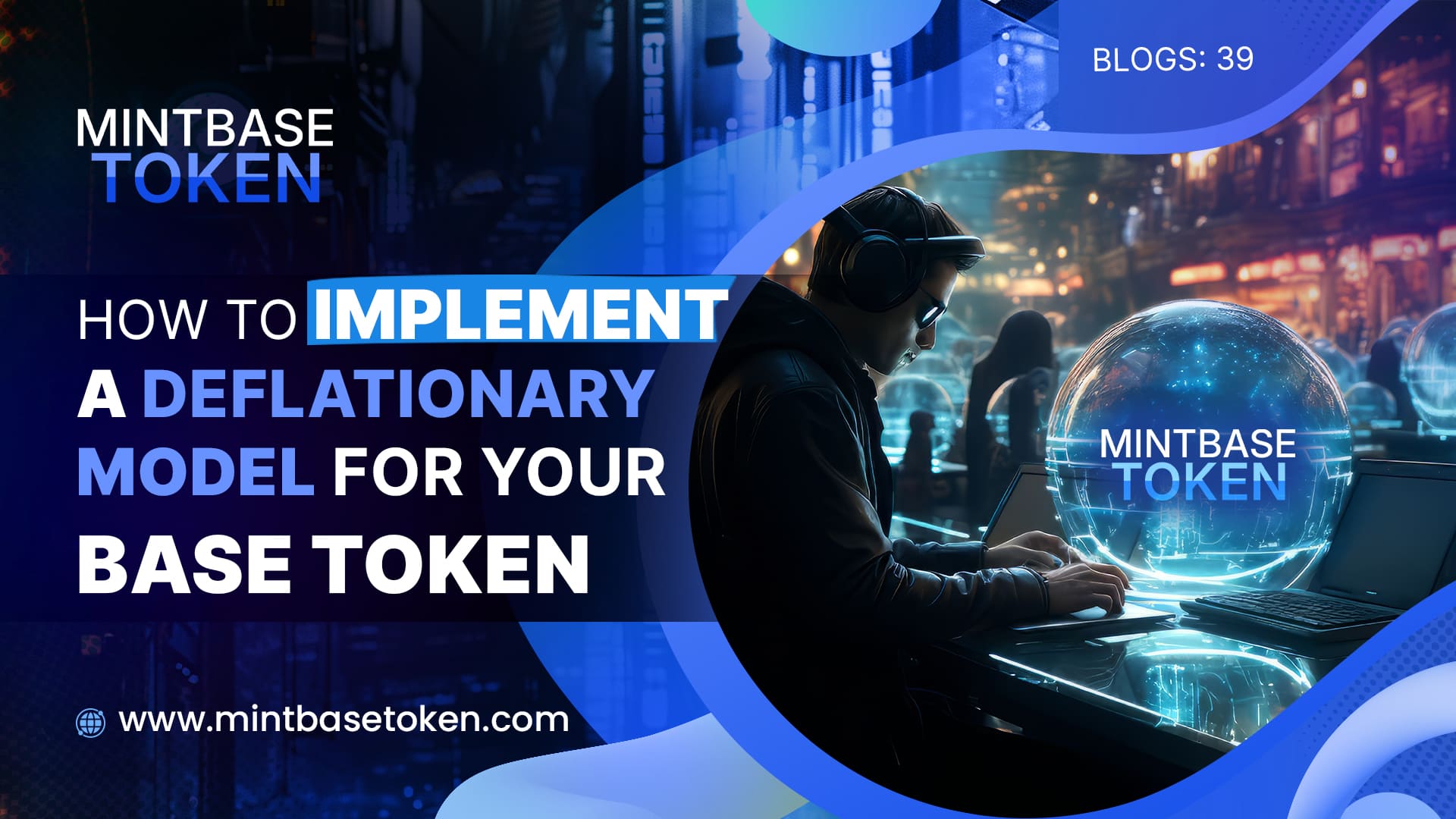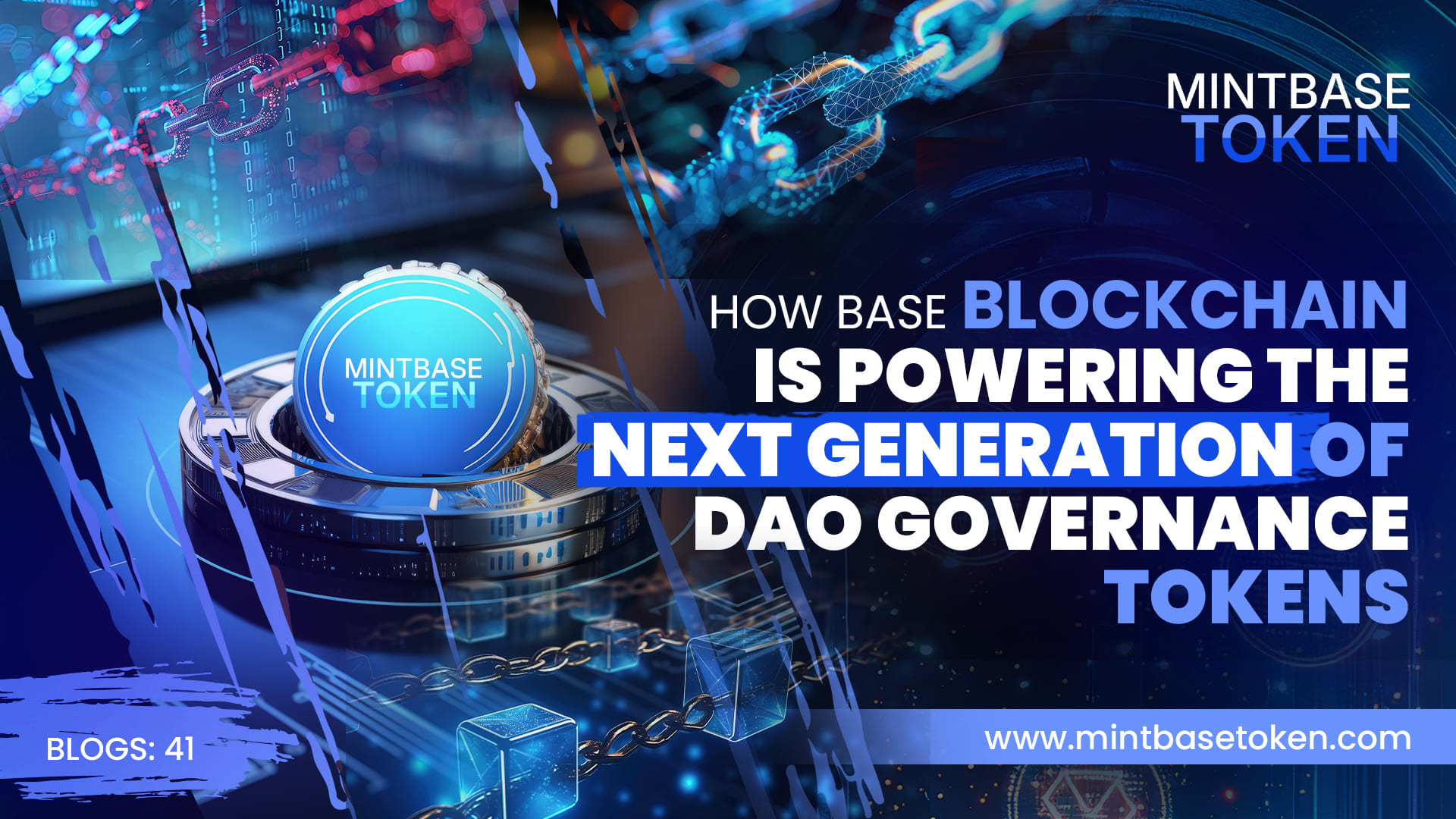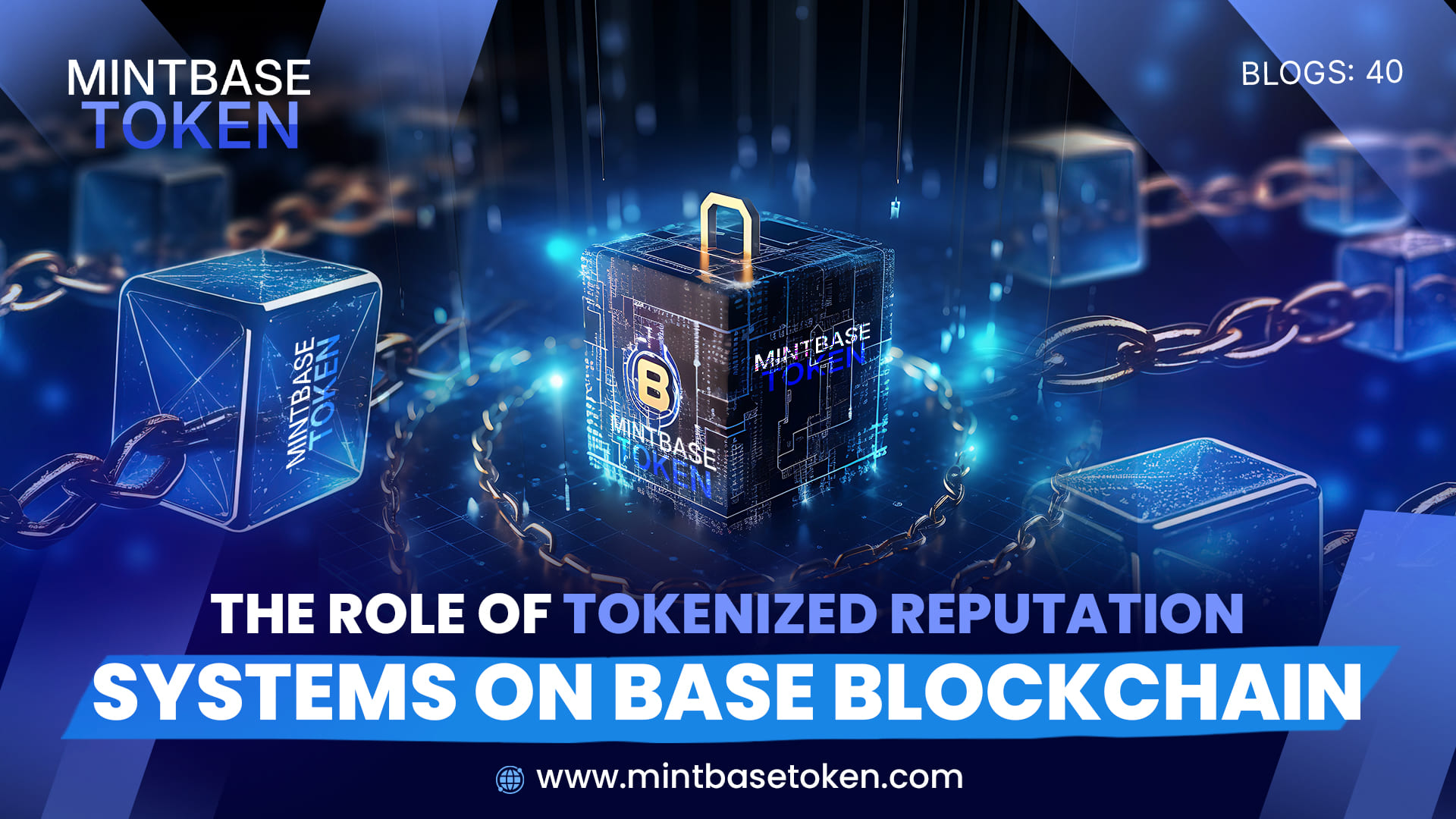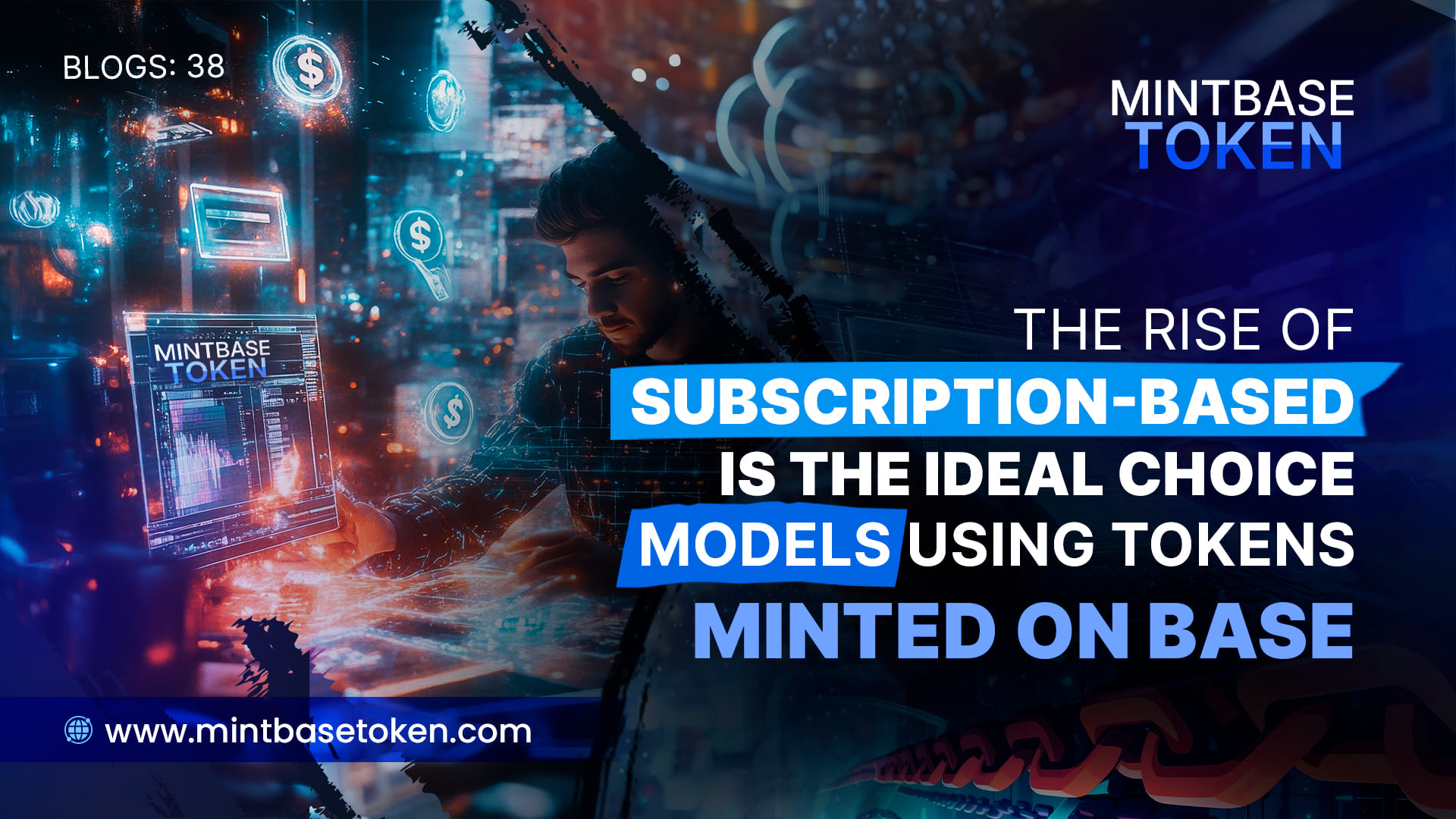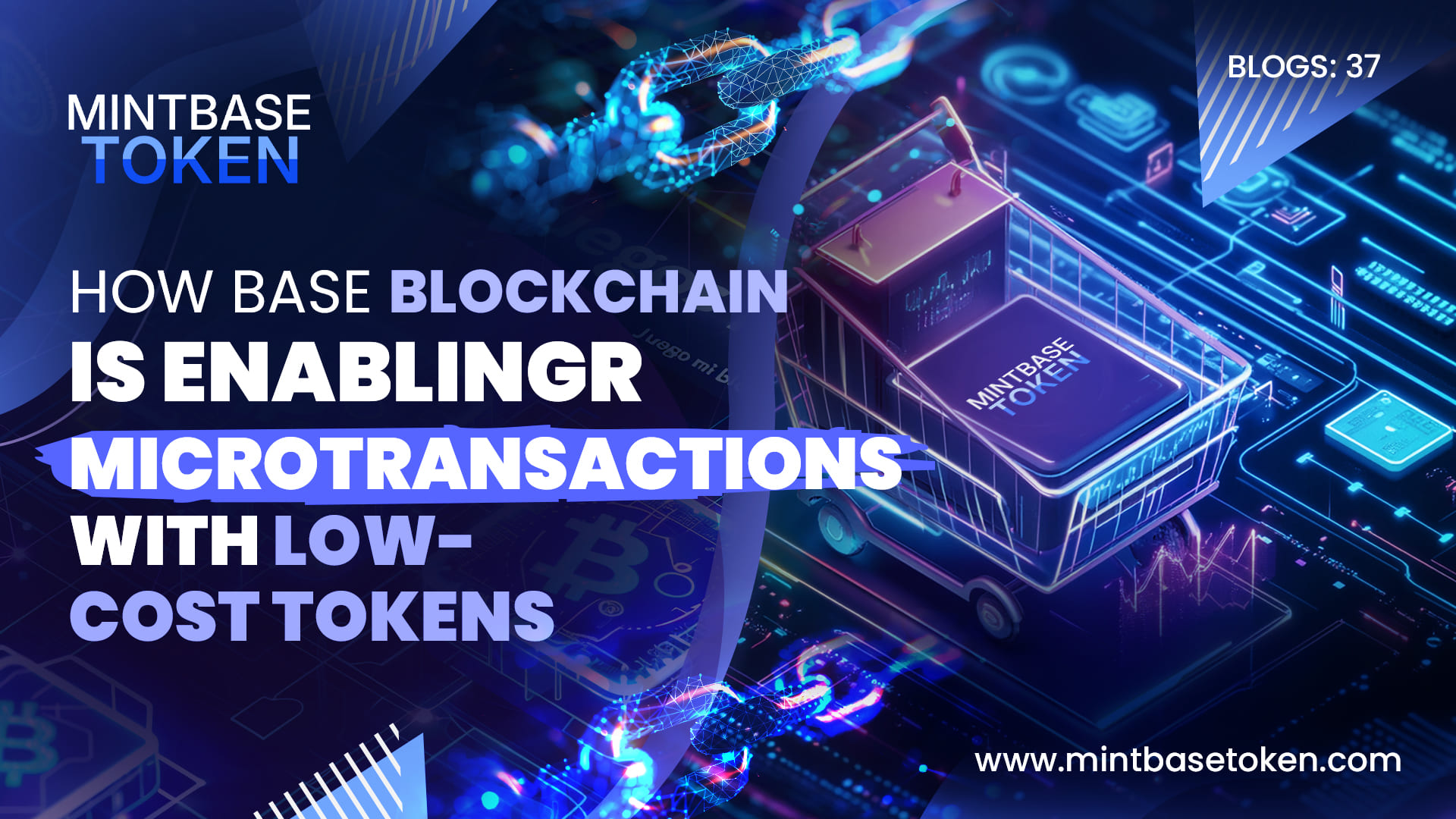March 25, 2025
How to Implement a Deflationary Model for Your Base Token
In a fast-moving and competitive token economy, deflationary models have become a popular way to maintain value and incentivize long-term holding. For builders on the Base blockchain, implementing a deflationary model is more accessible than ever—thanks to low gas fees, seamless smart contract deployment, and compatibility with proven Ethereum standards. If you’re planning to launch a token on Base, here’s how you can design a smart and sustainable deflationary mechanism.
What Is a Deflationary Token Model?
A deflationary model reduces the total supply of a token over time, usually by burning tokens through transaction taxes, buybacks, or utility-based mechanisms. The goal is to create scarcity, increase perceived value, and reward loyal holders.
Why Base Is Ideal for Deflationary Tokens
Base offers high scalability and ultra-low transaction costs, making it efficient to implement burn mechanisms, on-chain buybacks, and automated deflation strategies. Unlike Ethereum mainnet, you can trigger multiple deflationary events without worrying about excessive gas fees eating into your treasury or user activity.
Popular Deflationary Tactics to Consider
- Transaction Tax Burn:
Apply a small fee on buys/sells (e.g., 1-3%), where a portion is automatically sent to a burn address. - Buyback and Burn:
Use part of the project’s revenue to buy tokens from the market and send them to a burn address. - Utility-Based Burn:
Burn tokens whenever they are used to unlock services, mint NFTs, or access gated content. - Time-Based Burn Events:
Schedule regular burn events based on project milestones, revenue goals, or community votes.
Smart Contract Implementation
Deflationary logic can be integrated directly into your Base token’s smart contract using customizable ERC-20 or ERC-777 extensions. With tools like OpenZeppelin and Base’s developer-friendly environment, these features can be implemented securely and efficiently.
Transparency and Community Involvement
A successful deflationary token should include clear reporting and allow the community to verify burn addresses and track total supply reductions. Launchpads on Base can provide built-in dashboards or blockchain explorers to enhance transparency and build trust.
Conclusion
Implementing a deflationary model on Base isn’t just possible—it’s practical, powerful, and proven to attract engaged communities. By introducing smart burn mechanics and leveraging Base’s low-cost infrastructure, you can create a token that gains value over time while rewarding holders and reducing circulating supply. If you’re ready to build with purpose, Base is the perfect foundation.
